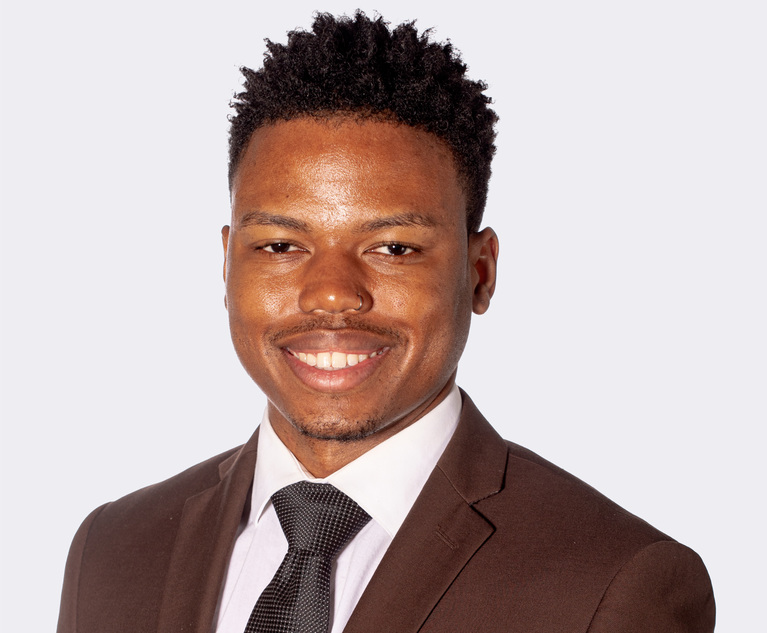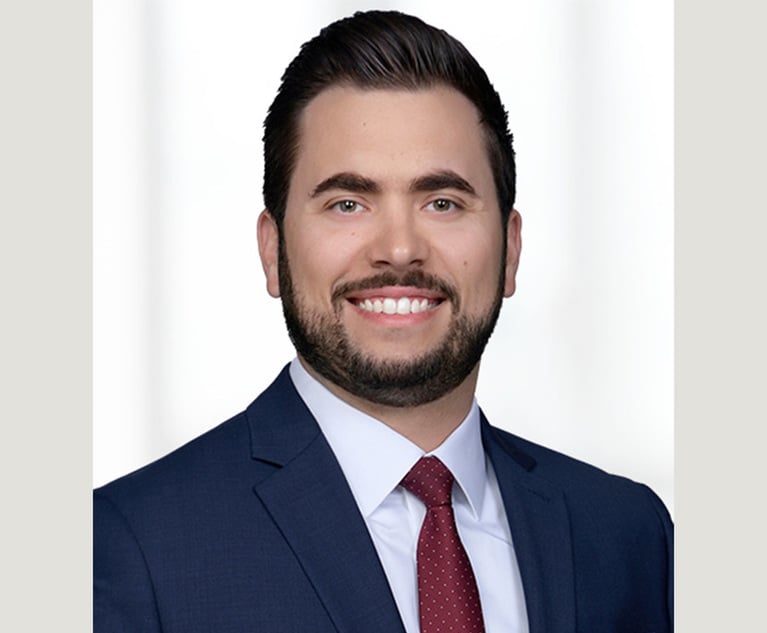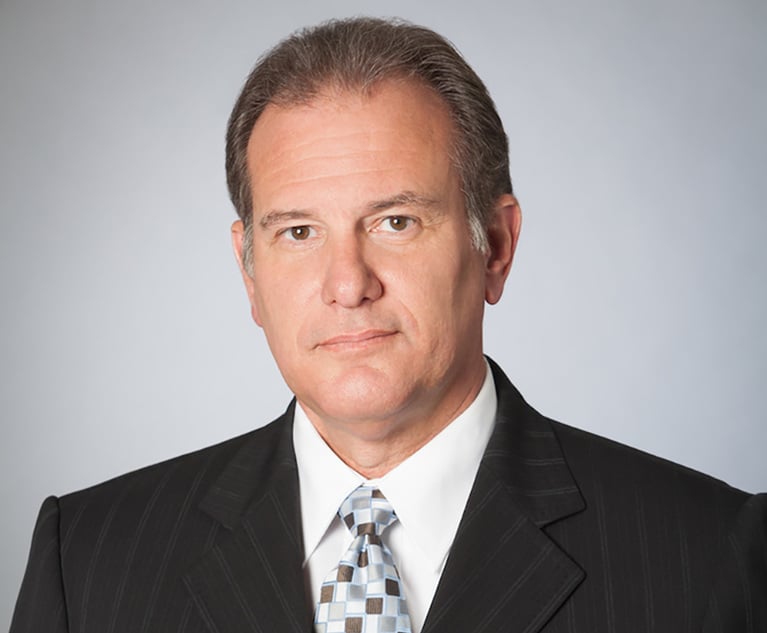Legal dramas like “Suits” and “How to Get Away with Murder” used to be fun to watch—and then I started law school. As I learned more about the law and began my practice this year, these and other legal dramas became too unrealistic for my professional taste. So instead, I started to tune into actual trials, both for entertainment and education because, as they say, “law school does not teach you how to be an attorney, law school teaches you how to think like an attorney.” Watched by millions of Americans, the recent trial in Depp v. Heard had it all— celebrity, dramatics and some useful lessons for first-year associates like me.
Hearsay Objection v. Move to Strike
Heard’s attorney asserted an incorrect objection to their own question, which resulted in commentary, and even memes, about when to move to strike. In this case, the defense was cross-examining the plaintiff’s expert witness and the witness’ response contained hearsay. Heard’s attorney objected to hearsay, but Judge Penney S. Azcarate responded, “You asked the question.” Here, the hearsay objection was incorrect because Amber Heard’s attorney “opened the door” to the witness’ response. Instead, the defense should have objected and moved to strike the witness’ response. Examples of when to correctly move to strike in such instances were offered later in the trial by Depp’s attorneys as a reminder to anticipate and address hearsay and other inadmissible responses.


 Samendio Mathieu of Rumberger Kirk. Courtesy photo
Samendio Mathieu of Rumberger Kirk. Courtesy photo




